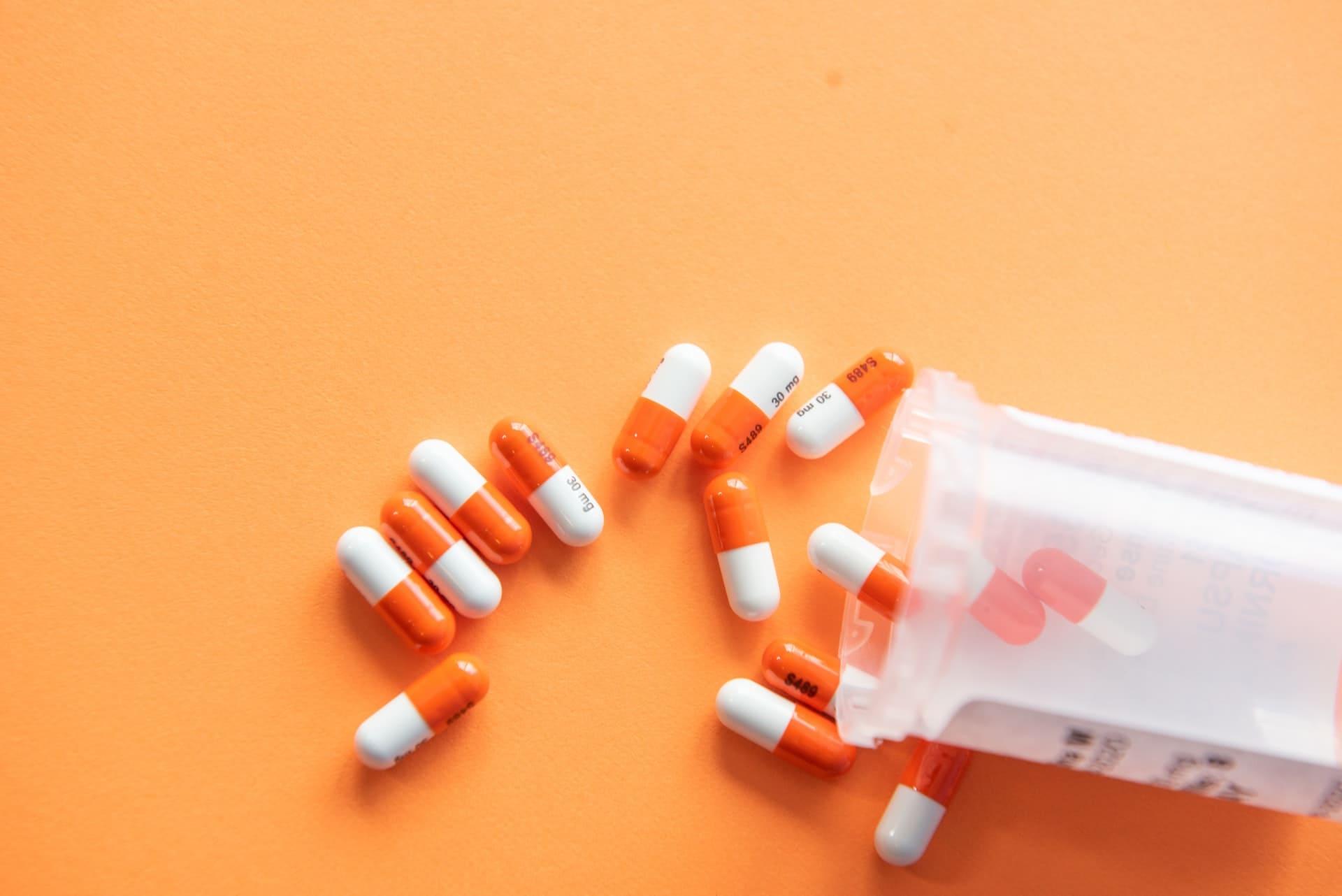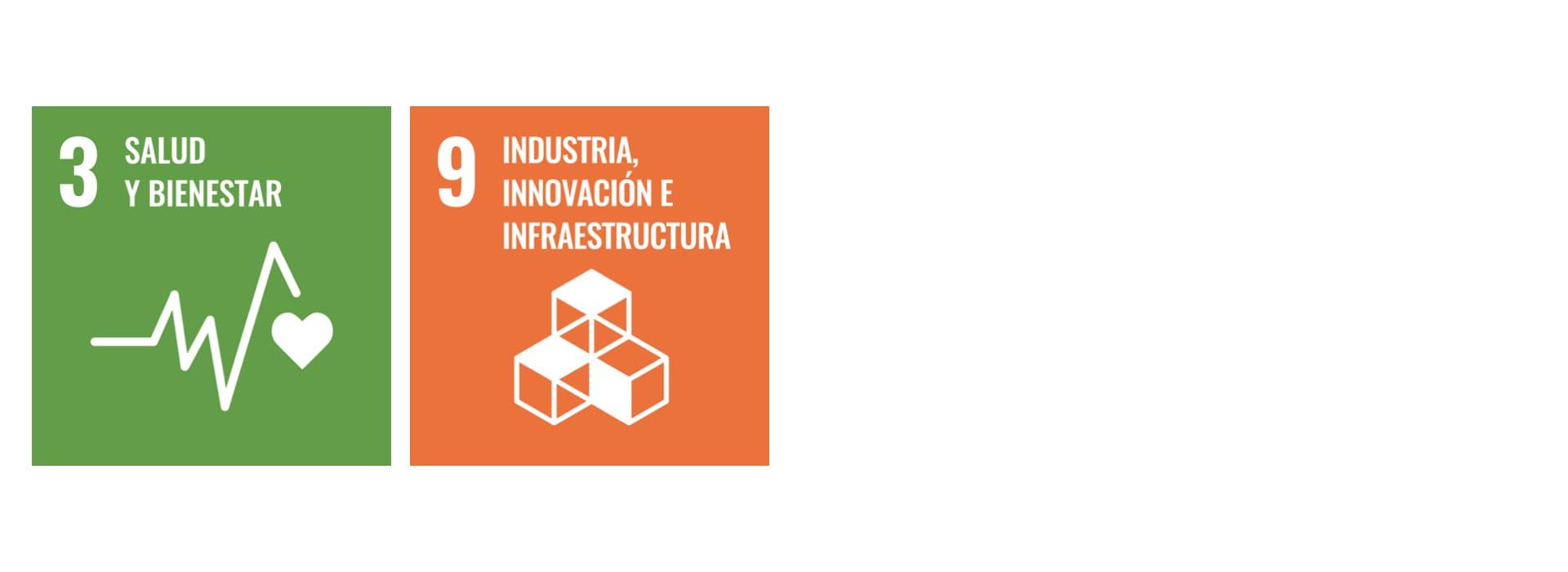From molecule to pharmacy: how much does a drug cost?
21 Diciembre - 2021
Maica Fernández Colomer
Teacher Assistant for Health Economics and Pharmacoeconomics Programs
__
How much does a drug cost? How long doest it take to produce? And how long does it take to market?
The process of researching, developing and bringing a drug to the patient is long, complex and costly. It must be proven, at all stages, that the new drug meets the efficacy, safety and quality requirements for marketing and administration in humans. This requires 10 to 13 years and an investment of 2.5 million euros per drug.
It takes 10 to 13 years and an investment of 2.5 million euros to develop a new drug
However, less than 10% of those compounds that make it to the clinical trial phase become available drugs. And of these, only three out of ten will generate revenues that exceed average R&D costs.
Phases of drug development
In the latest edition of Rang and Dale. Pharmacology, the main phases of the drug development process are outlined:
- Drug discovery or phase in which candidate molecules are chosen based on their pharmacological properties.
- Preclinical development or phase in which a wide range of non-human studies (e.g. toxicity testing, pharmacokinetic/pharmacodynamic analysis and formulation) are performed.
- Clinical development or phase in which the efficacy, side effects and potential hazards of the selected drug are tested in healthy volunteers and patients.
- Approval and registration phase, in which the application to the competent regulatory agencies for authorization to market the drug is volunteers and patients.
To regulate and approve drugs, there are drug regulatory agencies such as the Food and Drug Administration (FDA) in the United States, the European Medicines Agency (EMA) in Europe and the Spanish Agency for Medicines and Health Products (AEMPS) in Spain.
The average cost of developing a drug reaches record high
The costs of clinical trials are highly variable and depend, to a large extent, on the number of patients. According to a report published by the consulting firm Deloitte, the average cost of manufacturing a drug from discovery to commercialization has doubled since 2010, reaching 2,180 million euros. Eleven years ago, the average price of manufacturing a drug was 1,026 million euros. In addition, the expected return on investment (ROI) in new drugs now stands at 1.8%, the lowest percentage in the last decade.
The cost of developing a drug from discovery to marketing has doubled: in 2010, the average price was MEUR 1,026, while today the figure stands at MEUR 2,180
Iñaki Moreno, partner in charge of the Life Sciences and Healthcare at Deloitte, says that the continuous increase in the average production time of a drug and the cost of failed developments during the process, especially in its final stage, are the two main reasons for this increase in cost. Likewise, Jorge Bagán, partner in charge of the same industry at Deloitte, states that this cost increase is due to the following factors:
- Sophistication of new drugs
- Progressive increase in the number of biological drugs with a complex R&D and production process
- Increased regulatory requirements in terms of safety and efficacy of new drugs, resulting in an increase in trials, tests and, ultimately, research times and costs.
It is also true that, as of 2014, R&D investment in the biopharmaceutical industry grew for the first time, increasing from 1.6% in 2019 to 2.5% in 2020.
Why has the covid-19 vaccine been obtained so quickly?
While it is true that the pandemic has adversely affected the research and development cycles of approximately 1,210 non-coronavirus trials, delaying their launch or directly suspending or withdrawing them, at the onset of the pandemic, the search for covid-19 treatments and vaccines drove innovation at an unprecedented pace and scale globally.
Standard vaccine development is a long process that takes, on average, four to seven years. However, the production of covid-19 vaccines has been greatly accelerated, which has aroused surprise and much uncertainty. Although this is unusual and has generated controversy, it should be noted that the development phases of the pandemic vaccines have been strictly adhered to. Both the EMA and the AEMPS have provided scientific advice to vaccine developers, offering guidance on the best methods and study designs, legal requirements to ensure that quality, safety and efficacy standards are in place from the beginning of the process, etc.
Both the EMA and the AEMPS have provided guidance on methods and study designs, as well as guidance on legal requirements to ensure quality, safety and efficacy standards for vaccine developers
It should also be noted that some of the covid-19 vaccines have been developed using very novel methods, such as messenger RNA technology, which increases the volume and speed of production compared to other types of vaccines.
In summary, the high number of volunteers for the trials from the population, the immediate and abundant funding received by the vaccine developers, the acceleration of the process in clinical trials, the technology that facilitated rapid data collection, the efficacy of the first vaccines and the rapid and simultaneous action of the regulatory agencies, are the main reasons that accelerated the production process of this vaccine.

